The best way forward is in the cloud
Like other business sectors, retail, CPG and manufacturing are moving to the cloud. APIs address the need for speed and flexibility and allow control of the front-end customer experience. Essentially, a cloud-based commerce solution offers the control of customization without the high cost and long timelines. And unlike legacy applications where all code changes are made, tested, and released in a single code-base, extensions and customizations in cloud-based architecture are all standalone microservices, so you can update a few or a lot of application functions any time and as frequently as necessary.
Data becomes strategically valuable on a modernized cloud-based commerce platform. Any data generated on the customer end, like a placed order or an updated customer account, is immediately visible and available for analysis and insights, and allows further personalization, building a tailored experience and a seamless journey for the customers. Content is king here: if the content journey combined with commerce is relevant, the user will be willing to commit in the beginning.
Cloud-based commerce offers the ability to make continuous updates without re-platforming, and the number of code changes can be breathtaking. According to Rae Williams, Head of Customer Engineering at Google Cloud, “Google, on average, makes two to three million code changes a week. We're talking about multiple back end changes with minimal front end changes.” Though most enterprises will not reach such a level of activity, this is an illustration of what is possible in terms of fast iterations that deliver ever-better data about products and customer behavior.




